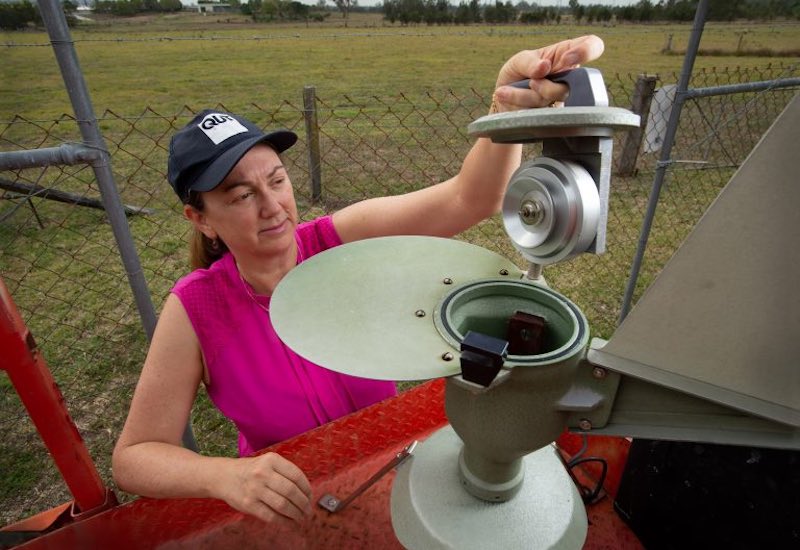
by auspollenwp | Nov 4, 2022 | Uncategorised
Professor Janet Davies talked to Patricia Karvelas on ABC RN Breakfast, on 3rd November 2022. They discussed our bumper pollen season last year and the body’s reaction to grass pollen. Listen to the interview here: ...
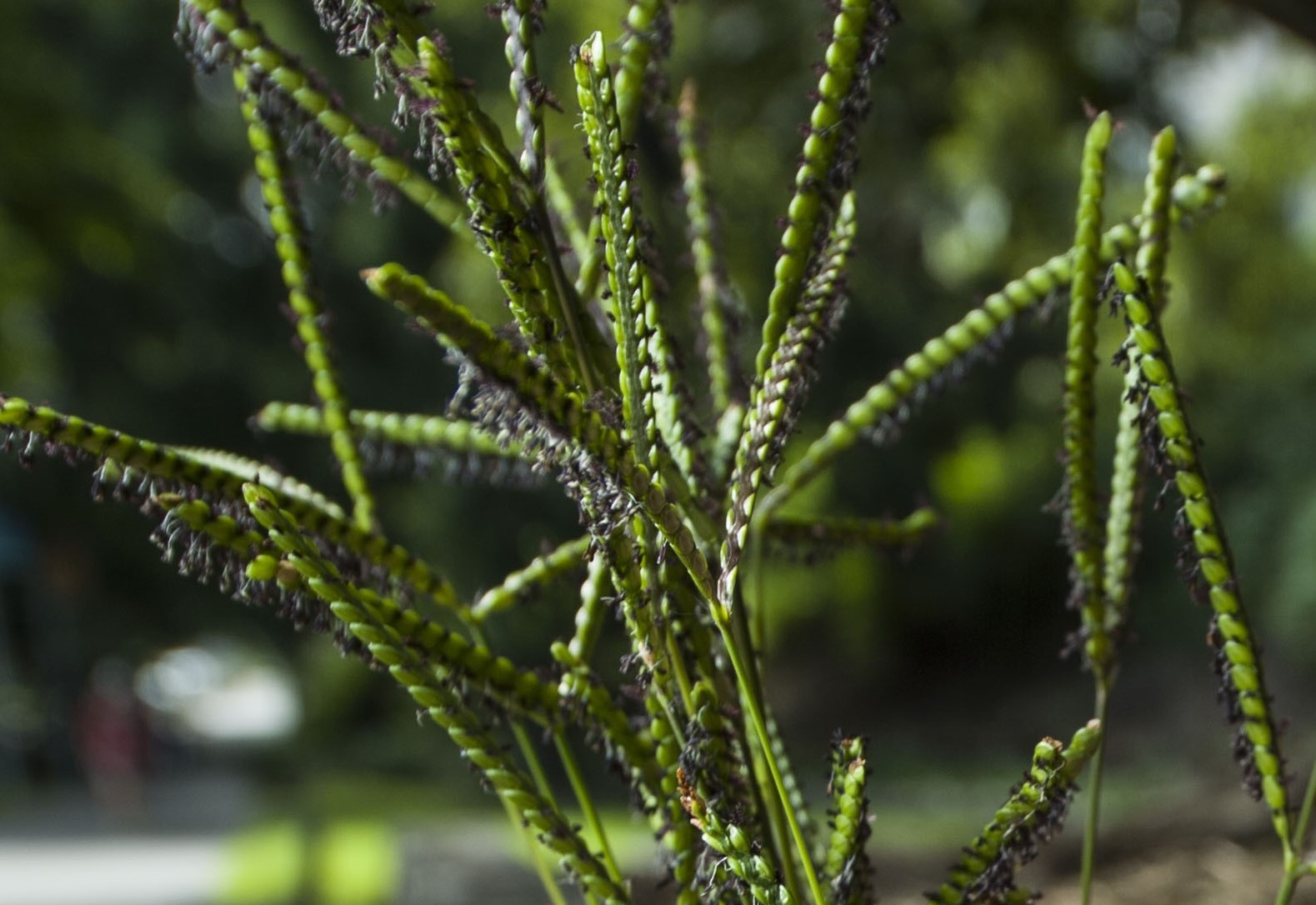
by auspollenwp | Nov 2, 2020 | Uncategorised
Brisbane’s grass pollen season is here, which increases the health risks for hay fever and asthma sufferers. The QUT Allergy Research Group is excited to unveil their new AusPollen Brisbane website, which will report and forecast risk levels of grass pollen in...
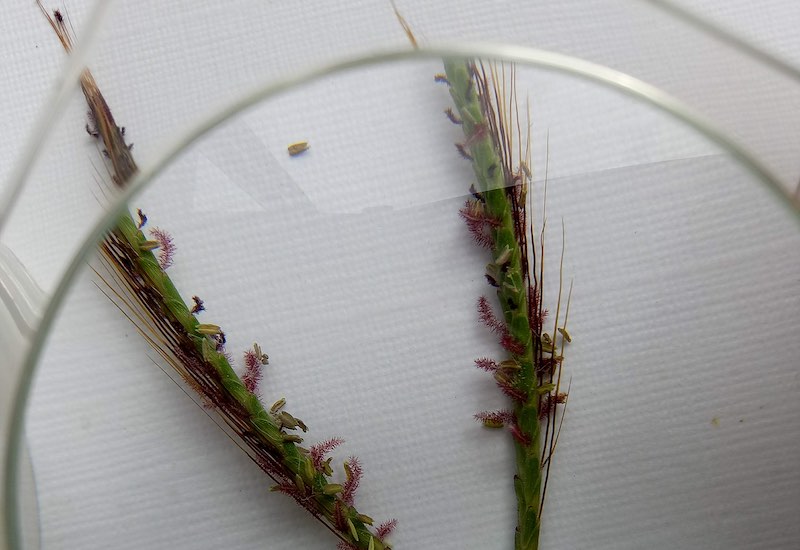
by auspollenwp | Oct 2, 2020 | Uncategorized
The QUT Allergy Research Group is proud to announce that they are a successful recipient of a 2020 Queensland Citizen Science Grant! These grants are offered to increase community participation in citizen science projects and for scientists and citizen...
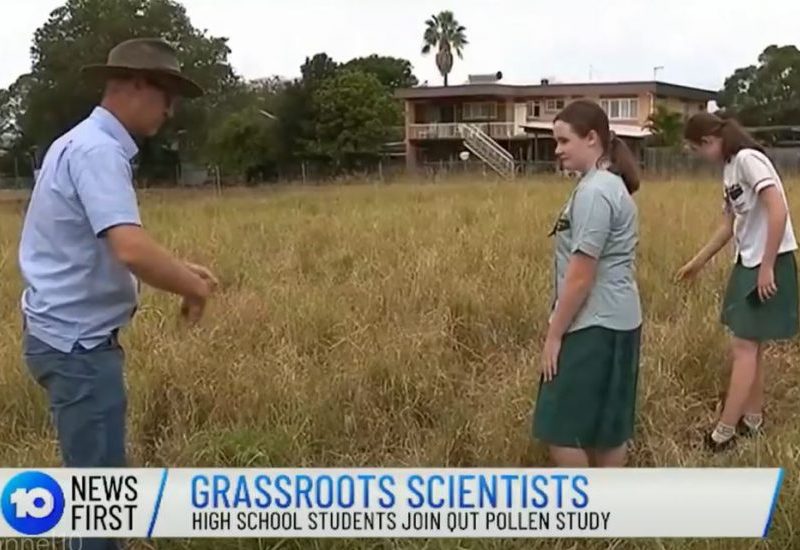
by auspollenwp | May 27, 2020 | Uncategorized
Professor Janet Davies and students from Corinda State High School on Channel10 News discussing the citizen science ‘Grass Mappers’ project developed to help students do science while working from home. ‘Researchers are going ‘back to school’ in their push to beat hay...
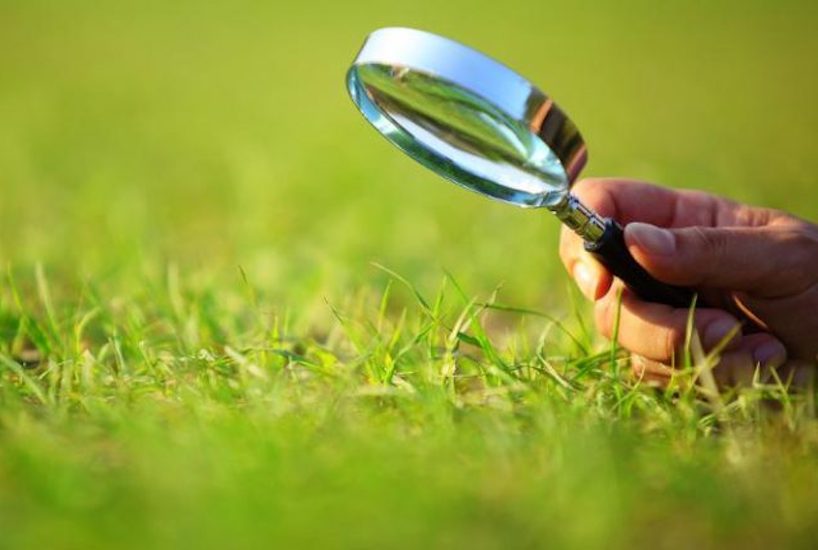
by auspollenwp | May 26, 2020 | Uncategorized
Researchers from the Allergy Research Group have collaborated with Brisbane’s Corinda State High School to develop a citizen science project to enable students to do science learning while at home. “When the COVID-19 restrictions were put in place we thought ‘now is...

by auspollenwp | Feb 20, 2020 | Uncategorized
The head of QUT’s Allergy Research Group and of the AusPollen network, which provides information on pollen concentrations and forecasts, Professor Davies was invited to appear at the Brisbane public hearing of the inquiry into allergies and...


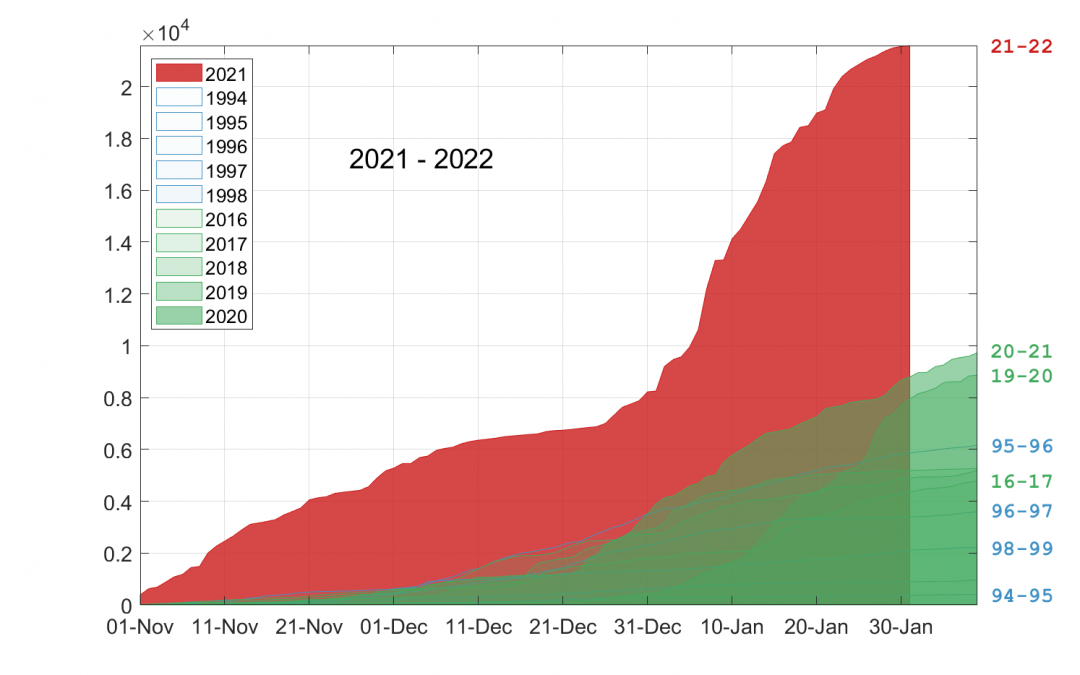






Recent Comments